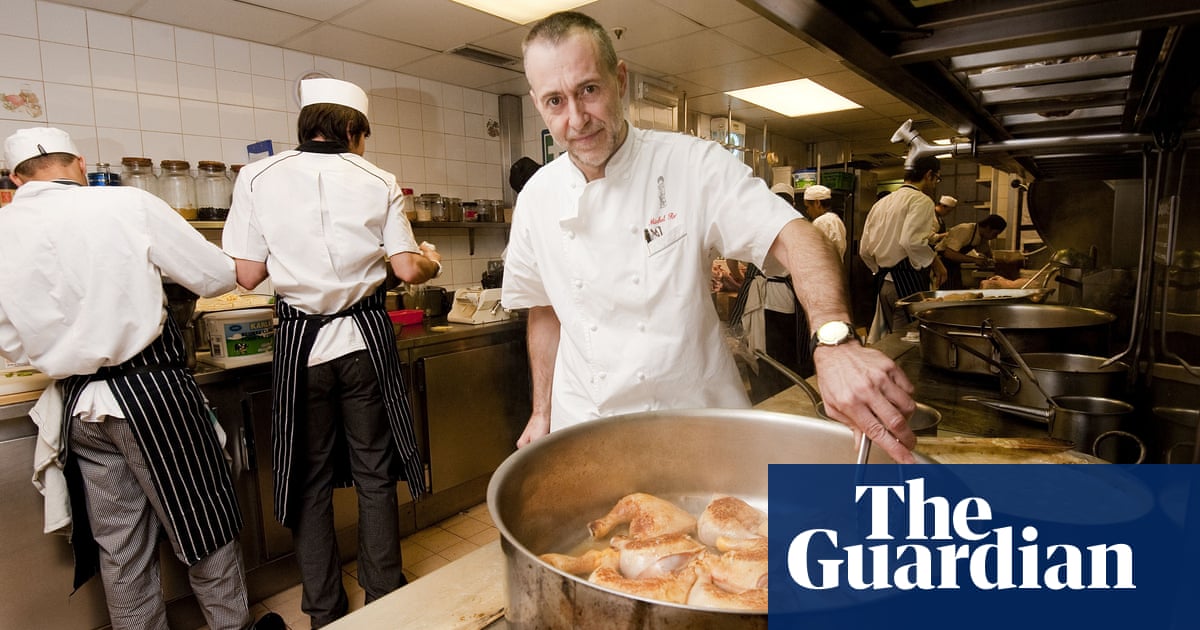
It has taken 37 years to restore Salisbury Cathedral – only 12 months less than medieval builders required to construct the main body of the great church in the first place.
But finally on Thursday a “topping out” ceremony will be performed high above the church floor to mark the end of a rescue and repair project that began in 1986, and before Christmas the scaffolding that has wreathed the cathedral for decades will be gone.
The cathedral’s clerk of works, Gary Price, said it had been a “great honour and a privilege” to have worked on the huge repair programme.
“By mid-November all traces of the scaffolding that has made its way around the building for the last 37 years will be gone and the cathedral will stand in glory as it did in the 14th century after the spire was added,” he said.
The project began with a survey by the then clerk of works, Roy Spring, when he noted that stonework was in a dangerous condition and major work was required.
A huge fundraising appeal was launched and since then the stonemasonry, glazing and maintenance teams have been working their way around the building, most often using methods and skills that their 13th-century forebears would recognise.
The topping out ceremony will involve Kenneth Padley, canon treasurer of the cathedral, clambering up scaffolding to bless a cross that sits at the east end.
Topping out is an age-old tradition in the building trade and has been adopted by the cathedral as a way of marking the end of each phase of restoration.
This latest, final phase has replaced about 1,100 stones at the east end of the cathedral, while windows have been cleaned, wooden frames restored and any other remedial work undertaken.
Some of those involved in the restoration have been there for years.
Price started work on the spire – the tallest in the UK at 123 metres – as a stone sawyer (cutter) and completes the circuit of restoration and repair as the head of the works yard.
He and the glazing manager, Sam Kelly, have clocked up more than 80 years’ experience between them, and the rest of the team of 20 have collectively amassed a total of more than two centuries of learning between them.
Once the topping out blessing has taken place, the scaffolding will be painstakingly removed, a process that will take about six weeks.
It means rooftops and parapets that are currently accessible will fall back into quiet, unvisited tranquility. Access to a glazing workshop, built when the cathedral windows needed re-leading and to help install a stained glass window in 1781 depicting Moses, will also be lost.
Some lovely traces of the restorers’ predecessors were found during the work, including the shells of oysters packed into spaces between stones, presumably after eating their contents for lunch or dinner.
Quirky stone carvings done by modern masons have been installed in spaces that will now become unreachable, including pieces depicting a ferret, a baby dragon, a bird on a nest, a gecko, a sunflower and the figure of a female mason carved by Carol Pike, who has worked for the cathedral for 17 years and was married in the church.
Future restorers will come across these carvings and other stones including one created to commemorate the work of the second world war engineers who secretly built Spitfire planes in Salisbury and another celebrating a former dean’s daughter running the London marathon to raise money for the restoration.
Price said: “I feel a bit sad about not being able to look at the amazing carvings done by our team.”
The foundation stones for the cathedral were laid in 1220 and it was dedicated to God in a special ceremony of consecration in 1258, the work of one generation. The spire was added later.
There will be no rest for the modern-day stonemasons. They have moved on to the north cloisters, where they are restoring the elaborately carved tracery and Purbeck columns, work that will keep them busy for another four years.












